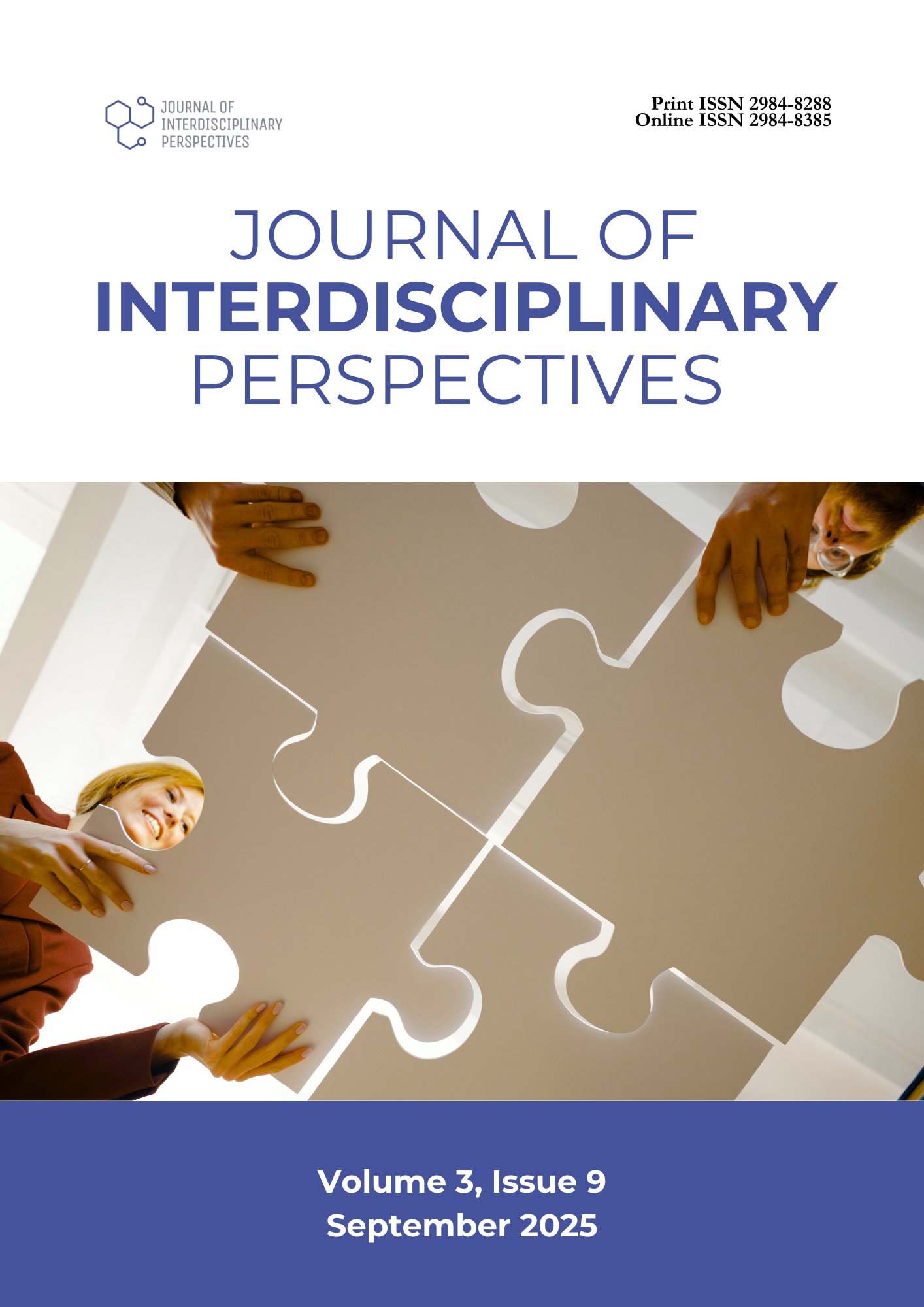Enhancing Problem-Solving Skills in Secondary Mathematics Education Through Collaborative Learning
DOI:
https://doi.org/10.69569/jip.2025.230Keywords:
Collaborative learning, Jigsaw strategy, Problem-solving strategy, Problem-solving skills, Team-based learning strategy, Think-pair-share strategyAbstract
This study investigated how collaborative learning strategies enhance problem-solving skills among junior high students at Maimbung Technical Vocational High School. Using a descriptive-correlational design, 100 purposively selected students participated. Strategies examined included Think-Pair-Share, Jigsaw, Collaborative Problem-Solving, and Team-Based Learning, alongside demographic factors such as age, gender, grade level, learning style, and parental education. Most students were female, aged 13–14, preferred the Reading/Writing style, and had college-educated parents. Overall, collaborative strategies were viewed as effective in promoting problem-solving, teamwork, engagement, and critical thinking. No significant differences emerged across demographic groups, but strong positive correlations were found among Jigsaw, Collaborative Problem-Solving, and Team-Based Learning, underscoring their complementary roles. However, the study's scope—limited to one school and its descriptive design—restricts causal conclusions and broader applicability. It also did not explore long-term effects, qualitative aspects, or online learning contexts. The study recommends training and resources for teachers, parental support for home learning, and student participation in group activities. Future research should use experimental and longitudinal methods, explore group dynamics, and examine collaborative learning in varied educational settings to address current gaps and better understand its sustained impact on academic performance.
Downloads
References
Acharya, B., Sigdel, S., & Poudel, O. (2024). Analysis of effectiveness of collaborative pedagogy practices. NPRC Journal of Multidisciplinary Research, 7(1). https://doi.org/10.3126/nprcjmr.v7i1.70965
Adejumo, D. B., Oluwole, B. B., & Muraina, M. B. (2015). Effect of collaborative learning on students’ academic performance in mathematics. UNIZIK Journal of STEM Education, 3(2), 104–112. https://journals.unizik.edu.ng/jstme/article/download/2849/2296
Ahmad, R. K. (2016). The effect of (Think-Pair-Share) strategy on the achievement of third-grade students in sciences in the educational district of Irbid. Journal of Education and Practice, 8(9).
Aronson, E., & Patnoe, S. (2011). Cooperation in the classroom: The jigsaw method (3rd ed.). Pinter & Martin Publishers.
Cao, J. (2025). Application and practice of student-centered blended teaching in the international settlement course. Journal of Educational Theory and Practice, 25(1). https://ojs.apspublisher.com/index.php/jetp/article/download/228/195
Gokhale, A. (1995). Collaborative learning enhances critical thinking. Journal of Technology Education, 7(1), 22–30.
Halimah, L., & Sukmayadi, V. (2019). The role of “jigsaw” method in enhancing Indonesian prospective teachers’ pedagogical knowledge and communication skills. International Journal of Instruction, 12(2), 289–304.
Jainal, N. H., & Shahrill, M. (2021). Incorporating jigsaw strategy to support students’ learning through action research. International Journal on Social and Educational Sciences (IJonSES), 3(2), 252–266.
Johnson, D., & Johnson, R. (2017). Collaborative learning environments: Encouraging active participation, shared responsibility, and higher-order thinking skills. (Publication info incomplete; consider updating with journal or publisher)
Lawrence, W. K. (2004). The experience of contrasting learning styles, learning preferences, and personality types in the community college English classroom (Doctoral dissertation, Northeastern University).
Lyman, F. (1981). The responsive classroom: Using group process to promote student learning. In C. B. Brody & J. G. Crippen (Eds.), Research on teaching: Concepts, findings, and implications (pp. 127–145). Longman.
Michaelsen, L. K., & Sweet, M. (2008). The essential elements of team-based learning. New Directions for Teaching and Learning, 2008(116), 7–27. https://doi.org/10.1002/tl.330
Mohamad, S. A., & Zaharudin, R. (2025). Shaping the future: Bibliometric insights on teaching strategies in vocational education. Journal of Research in Vocational Education.
Nerona, D. L. (2017). The effectiveness of collaborative learning strategy on students’ academic performance. International Journal of Advanced Research in Education & Technology, 4(3), 15–18. https://core.ac.uk/download/pdf/234032804.pdf
Saadati, F., & Reyes, C. (2019). Collaborative learning to improve problem-solving skills: A relation affecting through attitude toward mathematics. In Mathematics Education in the Digital Era (pp. 187–202). (Publisher info needed)
Sánchez, J. (2025). Empowering education: How technology transforms teaching into meaningful learning experiences. INTED2025 Proceedings.
Slavin, R. E. (1990). Cooperative learning: Theory, research, and practice. Allyn and Bacon.
Summers, M., & Volet, S. (2010). Group work does not necessarily equal collaborative learning: Evidence from observations and self-reports. European Journal of Psychology of Education, 25(4), 473–492. https://doi.org/10.1007/s10212-010-0026-5
Willis, J. (2007). Cooperative learning is a brain turn-on. Middle School Journal, 38(4), 4–13.
Wismath, S., & Orr, D. (2015). Collaborative learning in problem solving: A case study in metacognitive learning. The Canadian Journal for the Scholarship of Teaching and Learning, 6(3), 1–19. https://doi.org/10.5206/cjsotl-rcacea.2015.3.9
Downloads
Published
How to Cite
Issue
Section
License
Copyright (c) 2025 Journal of Interdisciplinary Perspectives

This work is licensed under a Creative Commons Attribution-NonCommercial 4.0 International License.








